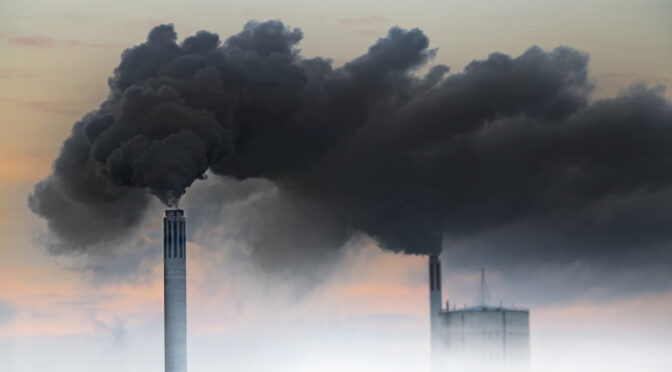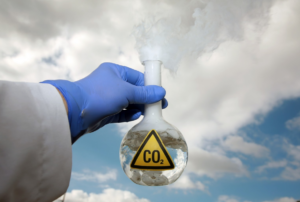Climate change’s current state and future projections are bleak – to say the least. That is…until now.
Engineers, scientists and chemists have bonded together on the quest to fight and reverse climate change’s grave consequences. To do so, there is a global movement to change a once villainized chemical, carbon dioxide, into our greatest confidante in the fight against global warming. According to scientists, this seemingly impossible task is not only possible…it’s happening right now, as we speak.
Carbon Dioxide: Faux Turned Friend
Lynden Archer of Cornell University, changed the conversation. According to Archer, if carbon dioxide could be effectively repurposed, turned into chemical building blocks similar to plants, “carbon dioxide would not be a nuisance anymore, but a gift.”
Other scientists, engineers and chemists concur. In fact, the XPrize Foundation, an Energy and Environmental group, is currently holding a competition to “Reimagine CO2” in an effort to “inspire the brightest minds around the world to help solve climate change.”
The task: appropriate the most carbon dioxide into a product with the greatest net value.
The prize: a far from modest $20 million.
Rather than storing it, others have attempted to directly repurpose carbon dioxide – with equally little luck. Carbon dioxide’s chemical instability doesn’t store much energy, and therefore, doesn’t offer the biggest bang for its buck.
Engineers and Chemists: Our Hail Mary to Reverse Global Warming
 According to Paul Bunje, the senior scientist in the Energy and Environment group, a collaborative, multi-group effort is our best bet toward mitigating and reversing climate change, once and for all.
According to Paul Bunje, the senior scientist in the Energy and Environment group, a collaborative, multi-group effort is our best bet toward mitigating and reversing climate change, once and for all.
Repurposed, utilizable carbon dioxide has become a highly contested issue in the scientific community. One camp, wide-eyed and hopeful, struck down by another, hesitant and suspicious of its feasibility. Naysayers aside, many scientists have put forth promising, widely recognized solutions.
To give you a taste of the current research in the field, here’s some prospective solutions put forth:
-
Lynden Archer: create a fuel cell that generates electrical energy, while simultaneously converting CO2 into a viable chemical asset. In other words, generate electricity with carbon dioxide to hopefully get energy back in return.
-
Capitol Skymine Plant: capture CO2 emissions from a cement plant and repurpose them into utilisable acid and limestone.
-
Solidia Technologies: Loosely mix together cement powder and sand, filling the vacant spaces with CO2 that would have otherwise been trapped in the ozone layer.
The XPrize competition will announce its winner in 2020. It’s safe to say, that with four bright years ahead of us and these three exemplary solutions put forth to date, our generational fight against climate change is not only conceivable…it’s promising.
SOURCES
http://www.scientificamerican.com/article/can-chemists-turn-pollution-into-gold/
https://www3.epa.gov/climatechange/ghgemissions/gases/co2.html
http://advances.sciencemag.org/content/2/7/e1600968


